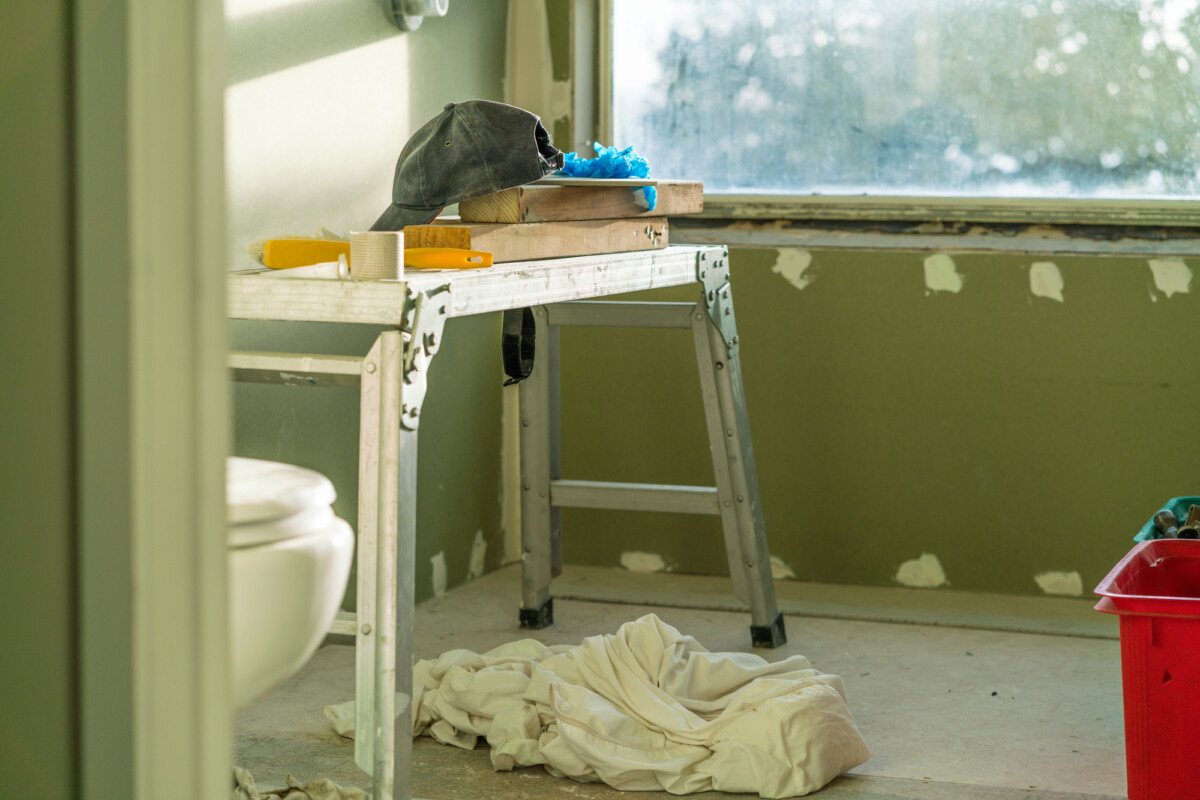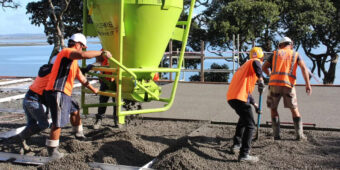Sea-weed and build it
28 Feb 2022, Industry News, News, Sustainability Focus

Seaweed plasterboard? A student project has produced a sustainable prototype that could help designers and builders hit green targets
Andy (Mihong) Park, a University of Canterbury student, has won a $20,000 commercialisation award to continue research and development of his seaweed plasterboard.
His initial 12-week project used green, brown and red seaweed to create a glossy product that retained a natural hue.
While Park’s sample plasterboard is made from algae gathered from the beach, it could be farmed commercially if demand was there, he said: “Seaweed is easy to cultivate and can be farmed offshore, making it an attractive, low-cost farming commodity.”
Park’s innovation could be supported by a new $5 million commercial regenerative seaweed farming pilot scheme in the Hauraki Gulf and Bay of Plenty. Announced in December, the pilot plans to help seaweed farmers establish their own farms using regenerative ocean farming methods.
The perfect weed
As seaweed grows quickly – up to 0.5m a day – it has potential to be a renewable, cheap material source that could help reduce carbon emissions.
Seaweed absorbs carbon from the atmosphere and contains boron, a natural fire retardant, which means it wouldn’t have to be chemically treated. As the Government pushes to increase the sustainability levels of the construction industry via updates to the Building Code and legislation that mandates a minimum Green Star level for new government buildings, using more environmentally friendly materials will become more and more important.
“Seaweed plasterboard offers a viable green alternative to traditional plasterboard,” said Park. “Additionally, when seaweed is combined with cement, the strength of the resulting concrete is increased. Seaweed is also recognised for its ability to absorb and release moisture and is a greener alternative to traditional passive fire protection materials.”
Drastic changes require innovative approaches
New Zealand Green Building Council chief executive Andrew Eagles told Under Construction that Park’s project could be the beginning of an exciting future.
“We’re super excited to see work like Andy (Mihong) Park’s coming through. It shows there are awesome low carbon products in the pipeline for us to build better, and we can’t wait to see how he gets on.
“We’re seeing an increasing interest in wood and renewable, less-carbon intensive materials to replace the likes of concrete and steel. At the same time, we’re seeing concrete and steel manufacturers innovating to reduce their footprint and provide better alternatives.
“The embodied carbon in our buildings contribute half our sector’s emissions and we won’t tackle that without some drastic changes to what we build with. We will be reliant on more sustainable materials – ones that aren’t polluting our planet during the manufacturing process and can break down or be reused when it is no longer needed.”
Register to earn LBP Points Sign in



